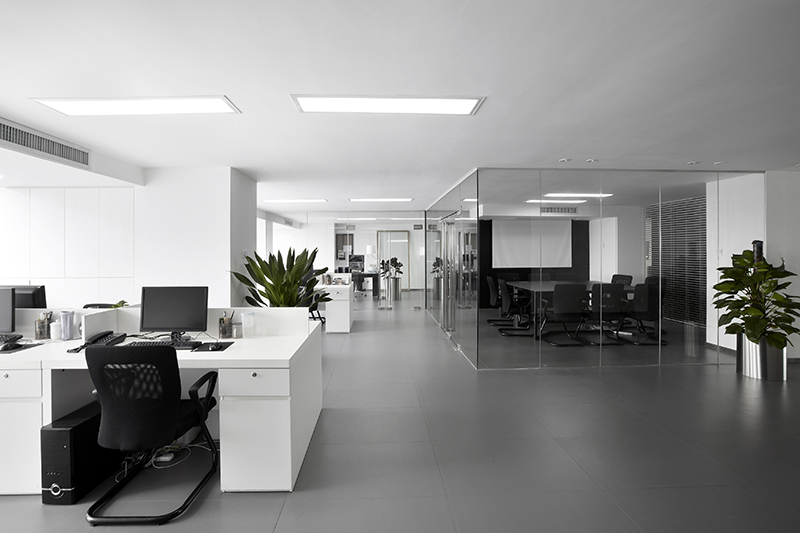Click here to get this post in PDF
A productive meeting room is designed to encourage collaboration and intellectual engagement. Meeting participants in a space that provides a “home base” for their work can lead to more productive meetings and happy team members. Some features of a productive meeting room might include:
1. Soundproofed
During a meeting, the last thing you want is for people to be distracted by noises. Even if someone is not the least bit distracted by outside sounds, it can still be distracting to the person speaking. A soundproofed meeting room keeps conversations private and ensures they are always top-of-mind. Soundproofing is achieved using materials such as foam, acoustical tiles, drapes, and acoustic blankets.
2. It has a muted and supportive lighting
The lighting in a productive room is not overly bright. It helps illuminate the space without hindering productivity. It also helps prevent eyestrain and headaches. The lighting can be achieved through dimmers, task & accent lights, track lighting, or indirect lighting like downlights and architectural light fixtures. When it comes to lighting, less and indirect is more when it comes to productivity.
3. Conference table is large enough and has adjustable surfaces
The conference table can be the centric focus of a productive meeting room. Other pieces of furniture like chairs, side tables, and credenzas are placed around the table to best maximize space without creating an overcrowded environment. The conference table should be large enough for all meeting participants to be able to sit comfortably. Additionally, the surfaces of the table can be adjusted so that it is conducive to group work and collaboration.
4. The furniture is ergonomic, comfortable, and adjustable
Every meeting room should have furniture that has been ergonomically designed to support back health while sitting and standing. Furniture should also be comfortable and adjustable to best fit various body types. With these elements incorporated, meeting participants have a more relaxed work environment without compromising the task at hand.
5. It has plenty of visual cues
Visual cues can help to boost productivity. In addition to the lighting, the furniture should also be well-decorated with group photos and motivational posters. The type of arrangement is up to the discretion of the meeting room designer. However, it should be noted that a high degree of careful planning throughout the design phase helps ensure that all of these elements are incorporated into a productive meeting room.
6. It has the right equipment
The right equipment makes all the difference to output and creativity. Productive rooms have all of the right equipment to help people do their jobs, such as video conferencing, document scanners, projectors, and teleconference systems. These tools enable people to show their work and share ideas with colleagues in real-time. Items such as projectors, scanners, and teleconferencing systems should have been selected based on the project’s needs, budget, and overall goals.
7. It has adequate room for collaboration
Collaboration is the key to success in the modern workplace, and productive meeting rooms are designed with that in mind. Collaboration spaces are designed to give people the space to work alongside one another but also have enough room for privacy and reflection when necessary. The furnishings should be set up to encourage collaboration throughout the room but can also be reconfigured as needed. Privacy panels and curtains can be used to create personal work zones.
Productive meeting rooms should be designed to facilitate collaboration and engagement. With the right elements incorporated into the design, meeting participants will feel valued and supported. In turn, they are more likely to become more productive throughout their meetings.
You may also like:
Create a Functional Business Meeting Room
The Hidden Costs of Poor Boardroom AV
Image source: Shutterstock.com


